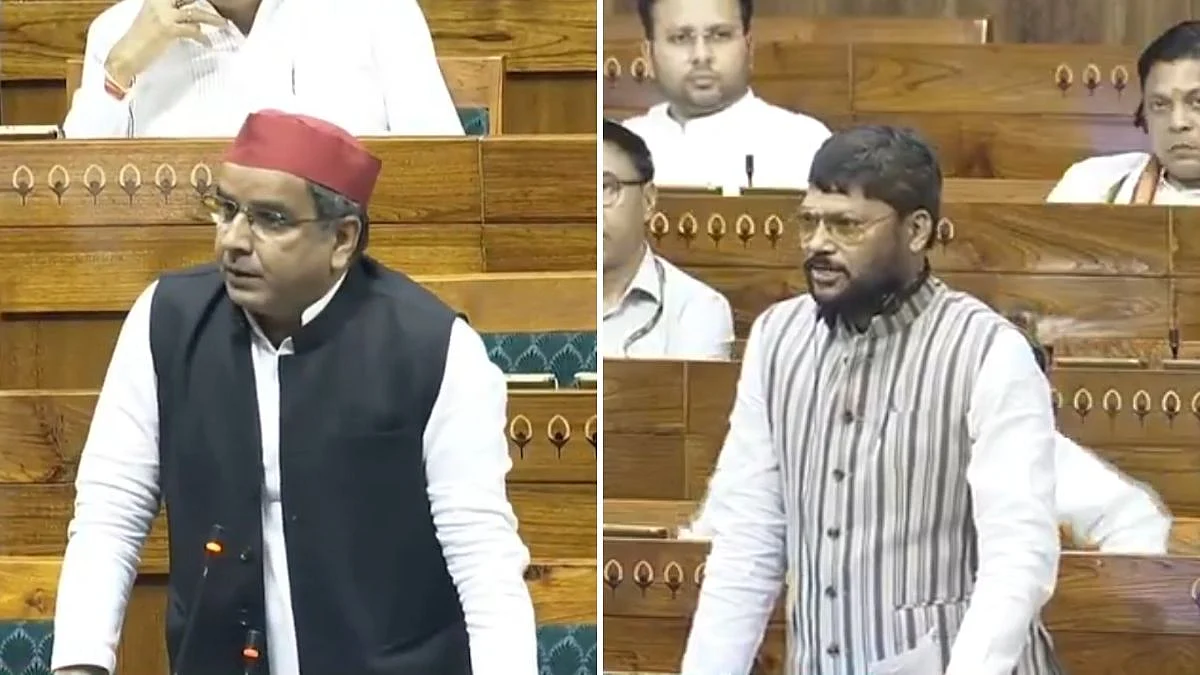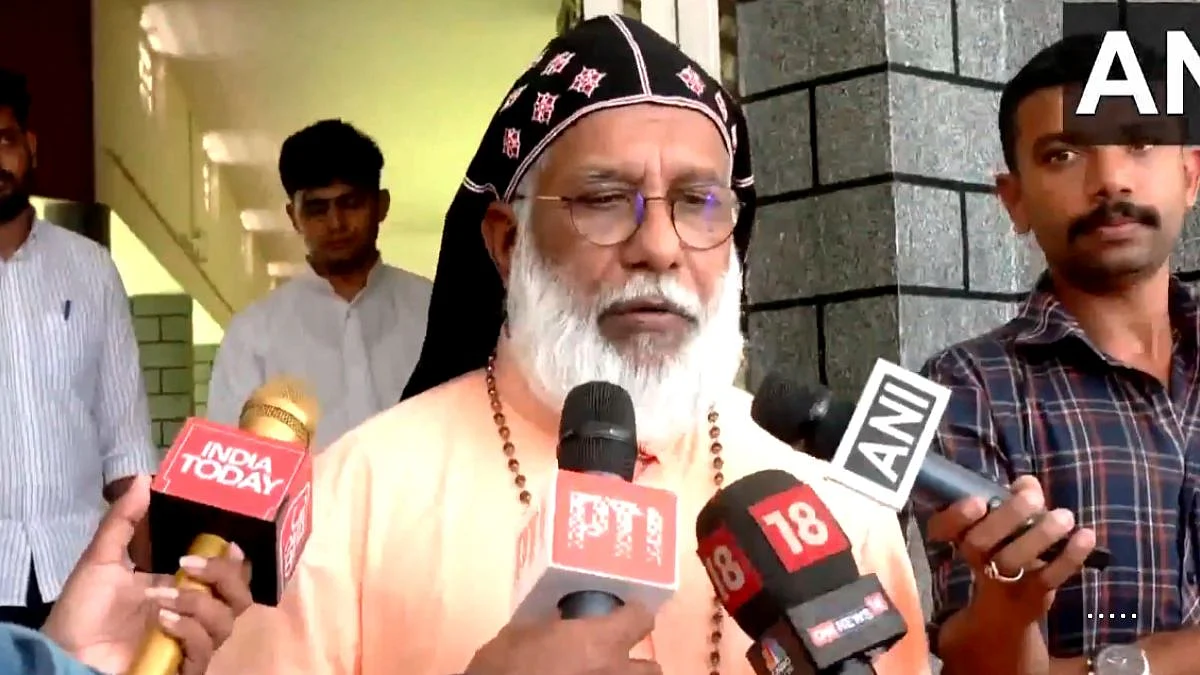India will survive Tuesday’s violent clash on the bleak heights of the Galwan River Valley in Ladakh, but the evidence of Chinese bellicosity and the killing of three Indian soldiers is likely to badly maul Narendra Modi's National Democratic Alliance government.
The face-off this time was between troops apparently armed with only rods and stones at a place that the Indian army calls Patrolling Point 14. It could have been far worse seeing that the contest is between Asia’s two nuclear-armed giants. According to unconfirmed reports, five Chinese People’s Liberation Army personnel were also killed and 11 injured.
It was a catastrophe waiting to happen. Soldiers armed to the teeth and representing bellicose governments cannot march and manoeuvre across uncharted territory that both claim without sooner or later coming to blows. It is to be hoped now that the exertions of the senior Indian and
Chinese officers who are reportedly seized of the matter and discussing the crisis will be more effective than the seven-hour June 6 talkathon between Lt Gen Harinder Singh and Maj Gen Liu Lin at the Chushul-Moldo meeting point 14,000 ft above sea level.
Understandably, each side accuses the other of precipitating the conflict. Zhao Liyang, the Chinese spokesman, accuses Indian troops of twice crossing the Line of Actual Control, the notional 3,488 km line that ignores legal claims and supposedly divides the two jurisdictions. He accused India of "provoking and attacking Chinese personnel, which led to serious physical conflicts between the two sides."
What Mr Liyang left unsaid is that China’s PLA has turned the LAC into a moveable feast. Although the Galwan River lies west of the Aksai Chin plateau which the Chinese seized in the 1950s, China advanced its claim line to the west of the river along the mountain ridge adjoining the Shyok River Valley in 1960. There were several stand-offs in consequence. China has also tampered with the LAC to its advantage by quietly building an eight-kilometre road along the shores of Pangong Tso (or lake) which led to at least two similar – but not fatal -- clashes early in May. It may be no coincidence the physical confrontations come at a time of possibly significant political and economic developments elsewhere. Modi’s India has moved closer to Donald Trump’s USA than any of its predecessors while the bonhomie of the recent virtual summit between the Prime Minister and Australia’s Scott Morrison suggests that the socalled Quadrilateral Initiative (the US, Japan, Australia and India) might acquire military muscle. New Delhi’s de facto ban on Chinese funding for Indian industry and a Sangh Parivar move to boycott Chinese imports give an economic dimension to the estrangement.
Accused of misrepresenting the coronavirus pandemic in Wuhan province and consequently under attack from the US, European Union, Australia and the WHO, which India chairs this year, China is also flexing its muscles. Its assertiveness in the South China Sea has led to several confrontations with Malaysian and Vietnamese vessels in recent weeks. China, which will not allow the de facto independent Republic of China on Taiwan to participate in the WHO, has twice threateningly sailed an aircraft carrier through the Taiwan Strait.
“China is in the middle of a significant modernization of its nuclear arsenal. It is developing a so-called nuclear triad for the first time, made up of new land and sea-based missiles and nuclear-capable aircraft,” according to the Stockholm International Peace Research Institute. Nothing that Beijing does is off-the-cuff. The Galwan Valley fatalities were a reminder that in March 2019, Chinese customs officials destroyed 30,000 world maps that did not show India’s Arunachal Pradesh and Taiwan as Chinese. Only two months ago -- in April this year -- China’s latest Sky Map, the official digital map operated by Beijing's National Surveying and Mapping Geographic Information Bureau, showed parts of Arunachal Pradesh within its international borders.
Understandably, Indian sentiment is solidly behind Punjab’s Congress Party chief minister Captain Amarinder Singh, who lost no time in demanding India should stand up to these incursions and warning that “our soldiers are not fair game … to be killed defending our borders.” The feeling is growing that in spite of the ruling BJP’s rhetoric, neither the Defence Minister, Rajnath Singh, nor the army chief, General Manoj Mukund Naravane, has been fair to or candid with the public. They have persistently insisted that everything is under control when, obviously, nothing is. They also claim that Tuesday’s clash took place when a “de-escalation process (was) underway in the Galwan Valley” but vehemently denied all along that there was any escalation. True, the PM cannot be accused of similar verbal acrobatics. But Modi’s utter and absolute silence at a time when the nation is threatened is the most intriguing feature of all.






